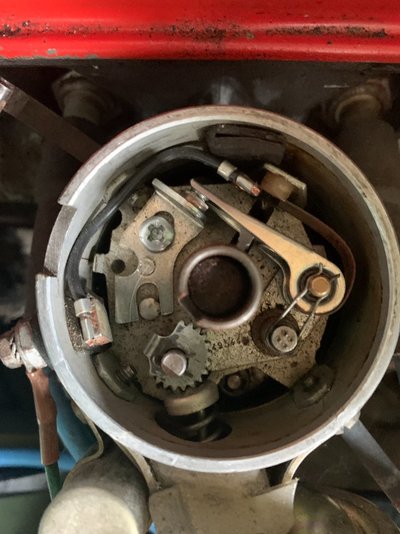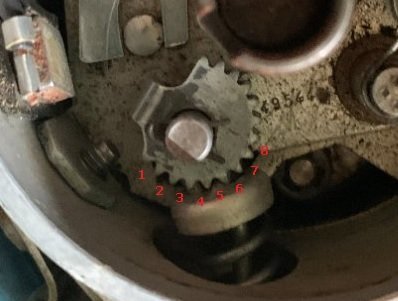mojobaby
Enthusiast
- Messages
- 1,320
Its been some years since I installed a new vacuum advance unit to my distributer and I've been wondering about the little gear inside the distributer. It looks like a spur with teeth.
Can anyone tell me what its purpose is and how it works. When I put the new vacuum advance unit in, I connected it to the gear in the same position as the old one, which I think was 4 teeth from the bottom.

Can anyone tell me what its purpose is and how it works. When I put the new vacuum advance unit in, I connected it to the gear in the same position as the old one, which I think was 4 teeth from the bottom.






 ) Thats when I realised that my advance unit was broken. The new unit has solved that issue.
) Thats when I realised that my advance unit was broken. The new unit has solved that issue.